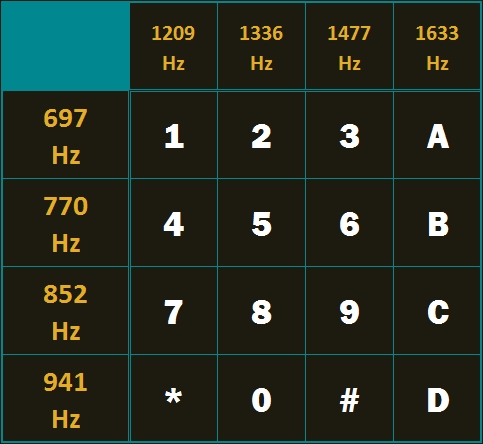

You can find your Twilio Account SID and Auth Token on your Twilio Dashboard.ĥOn the Twilio website, go to your Twiml Bin, and create two Twiml files like the ones below.Įnter 1 followed by the star key to turn on the LED. Inet 10.11.6.200 netmask 255.255.255.0 broadcast 10.11.6.255ģYou'll also need a Twilio account, which you can create here.ĤAfter you've created your Twilio account, retrieve your Twilio Account SID and Auth Token - you'll need them to run the sketch. The IP address you'll want to use is listed next to ~]$ ifconfig The example below shows the results when the ARTIK board is connected to the internet through an ethernet cable.

You’ll also need to get the IP address of your ARTIK board using ifconfig. opt/iothub/artik/temboo/temboo_artik_library/libĪfter saving nf, run ldconfig from the command line to add the Temboo library directory to the system library search path. Inside of nf, you'll want to copy the line below and paste it into the file: To do so, you'll need to create the file nf in /etc/ld.so.conf.d. If you don't already have one, you can register for free.ĢIf this is the first time using Temboo, you'll need to set up your ARTIK board to find the Temboo libraries. Get Set UpġMake sure you have a Temboo account. This sketch uses a choreo from our Twilio bundle. With this power, your ARTIK can work as a remote monitor and call you when it wants your input, opening up a wide range of possibilities for applications that react based on remote user input. Your ARTIK can use text-to-voice to construct phone menus that can be used by you or anyone else to control your board from afar. Here we'll show you how to use your phone as a remote control for your Samsung ARTIK. Control your Samsung ARTIK from your mobile phone


 0 kommentar(er)
0 kommentar(er)
